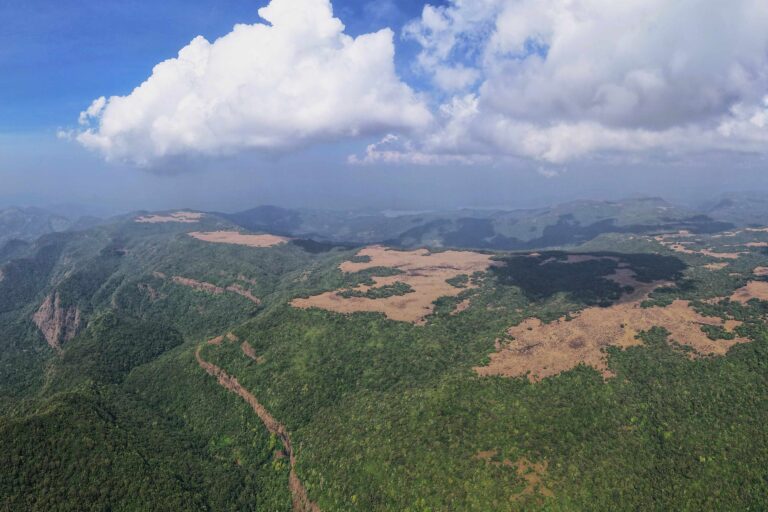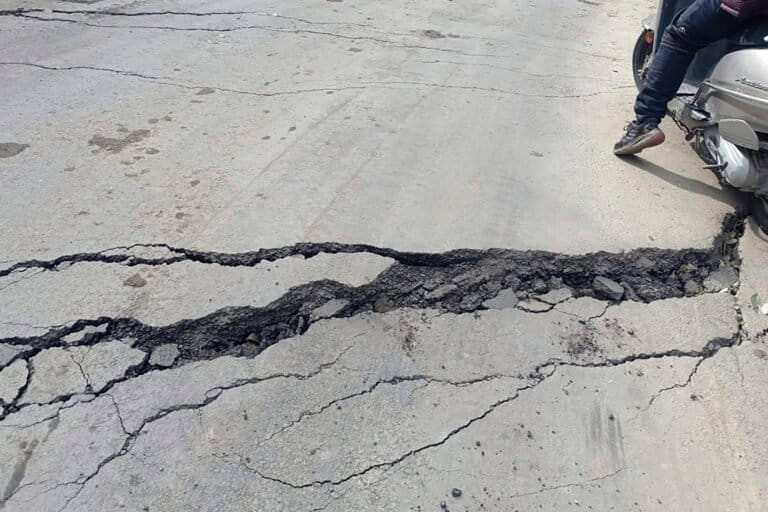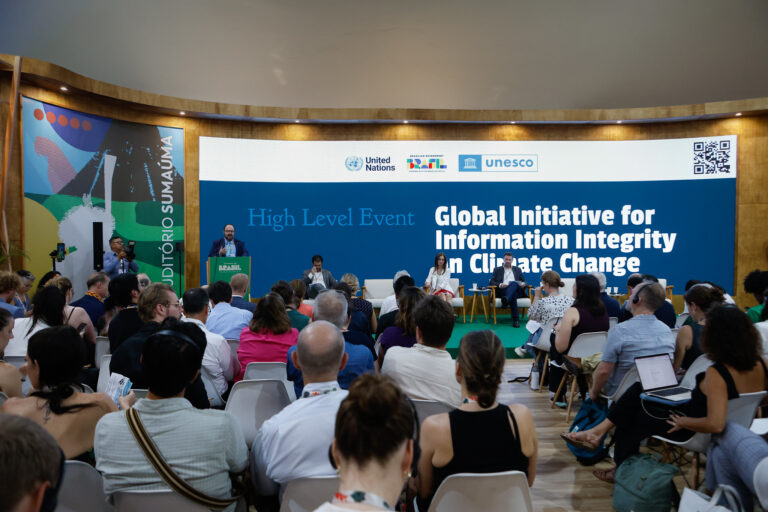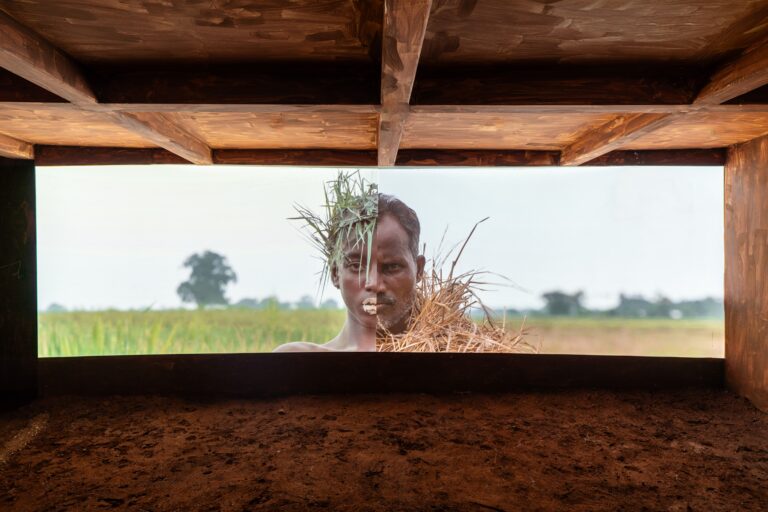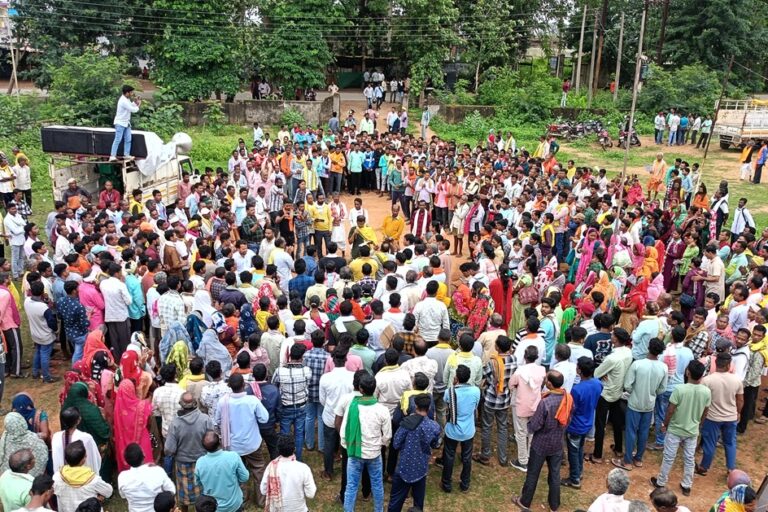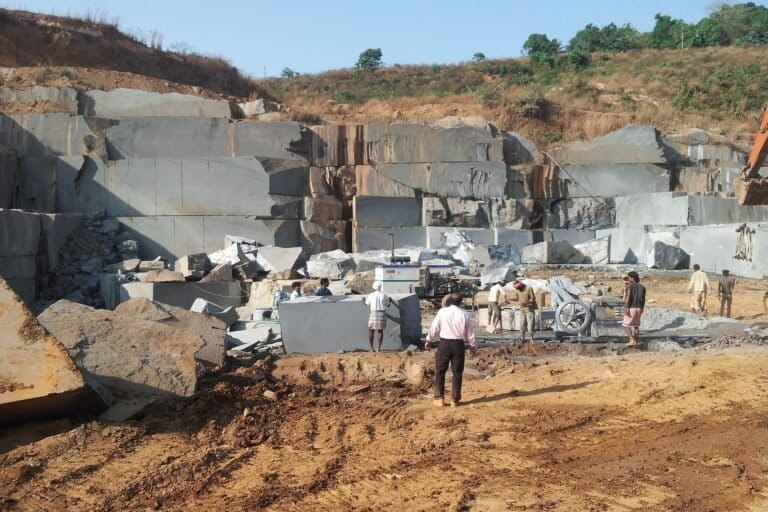- Non-economic losses are losses linked to climate change impacts, which are not easily quantifiable in financial terms. These include loss of biodiversity, health, culture, traditional knowledge, identity, and more.
- Accounting for non-economic loss and damage has been a long-standing challenge as there is no common unit of measurement.
- There is, however, growing momentum in international discussions about the methodologies of assessment that capture non-economic losses.
From cloudbursts impacting important heritage structures, to children losing school days due to cyclones; from intense heat waves leading to heat strokes and other illnesses, to sea level rise contributing to out migration; from early-snow melt inducing changes in alpine plants, to unseasonal weather impacting traditional knowledge systems in agriculture, there are several impacts of climate change that cannot be measured in financial terms. These are known as the non-economic losses and damage caused due to climate change.
The United Nations Framework Convention on Climate Change (UNFCCC), a global climate treaty, defines non-economic loss and damage (NELD) as “a broad range of losses that are not easily quantifiable in financial terms or commonly traded in markets.” It notes that these losses are in addition to the loss of property, assets, infrastructure, or agricultural production and revenue that can result from climate change.
While the Intergovernmental Panel on Climate Change (IPCC), a UN climate assessment body, defines loss and damage (L&D) as including both economic and non-economic losses, comprehensive assessments of such losses are limited and there is a lack of consensus on how they should be assessed.
Why should we measure non-economic impacts of climate change?
Non-economic loss and damages include a wide range of climate impacts that do not show up in traditional planning and response frameworks but still have profound impact on people’s lives and wellbeing, says Ritu Bharadwaj, a climate finance, loss and damage, and resilience expert at the International Institute for Environment and Development (IIED).
IPCC’s recent assessment report states, “Losses and damages are also unequally distributed across systems, regions and sectors and are not comprehensively addressed by current financial, governance and institutional arrangements, particularly in vulnerable developing countries.” Despite existing funds for climate mitigation and adaptation, some climate-related losses and damages remain unavoidable, highlighting the importance of a dedicated Loss and Damage Fund.
Such a funding mechanism, meant to help countries recover from these unpreventable impacts of climate change, was launched at the UN climate conference held in 2023 in Dubai. The fund, dedicated to addressing the losses and damages resulting from climate change, was a longstanding demand from developing and under-developed countries that have contributed the least to global warming. The Fund for responding to Loss and Damage (FRLD), as it is officially known, operates under the financial mechanism of the UNFCCC. As of June 30, 2025, around $788 million have been pledged to the FRLD and 19 out of 22 countries that have pledged, have released their initial funding commitments.
While FRLD continues to mobilise financial resources through different mechanisms, it does not address non-economic losses and damage as a separate component.
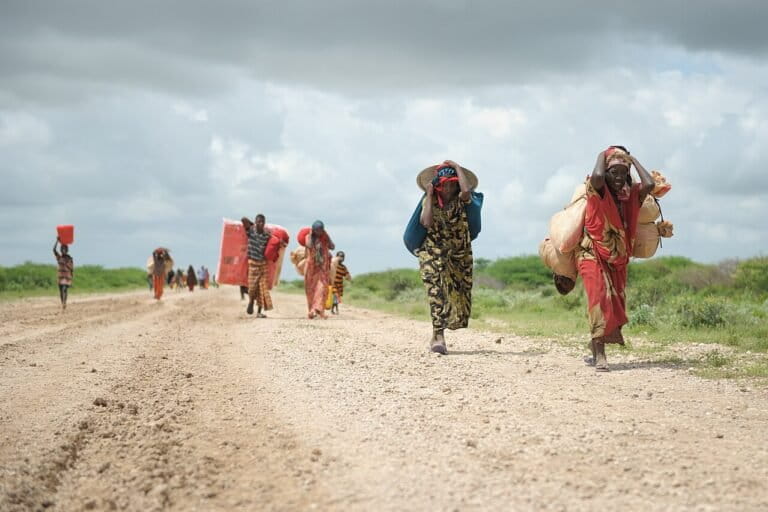
A 2025 study that reviewed 92 papers about loss and damage in India, found that “there is a lack of data available on non-economic losses as they are rooted in culture and context, which makes it difficult to capture and contextualize in standardized assessment frameworks.” Additionally, fewer than 15 papers used qualitative methods which are better suited to study non-economic loss and damage themes, the authors note.
Information relevant to non-economic loss and damage exists, but it is dispersed across sectors, Bharadwaj shares. “Health departments record morbidity data, education ministries track school dropouts, and labour offices note migration patterns, but these datasets rarely intersect. This fragmentation makes it hard to trace how a single climate shock, for e.g. a drought, triggers multiple forms of non-economic harm across sectors,” she says.
To help bridge this gap, she and her colleagues developed a toolkit combining quantitative and qualitative indicators such as social and economic loss. “Recognising and accounting for NELD is essential because it helps policymakers understand the full extent of climate impacts and design responses that go beyond compensation for crop loss, destruction of houses etc.,” Bharadwaj explains.
What are some examples of non-economic losses in India?
“The loss of forests, marine reefs and glaciers are evidently also a loss of biodiversity and ecosystems as well as a loss of territory, demonstrating the intricate interlinkages between different types of non-economic losses,” states a technical paper by UNFCCC on non-economic losses due to climate change. Climate impacts disrupt ecological cycles, lead to extreme weather events and ecosystem-level impacts. In India this has been felt across different regions — from the Western Ghats to the Himalayas.
Referencing some of IIED’s studies, Bharadwaj shares how NELD is evident across multiple contexts. In Palamu, Jharkhand, recurring droughts have eroded rural livelihoods and pushed families into distress migration. Palamu, affected by slow onset drought, recorded 42% of migrant households experiencing trafficking-related exploitation — more than double the 16% recorded in flood-affected Kendrapara, Odisha.

“In places like Beed, the toll includes loss of bodily autonomy and long-term health. In Palamu and Marathwada, it is the erosion of safety and dignity through trafficking and in Telangana and Maharashtra’s drought belt, it manifests as climate-linked suicides, with farmers representing over 15% of all suicides in 2021, rising sharply with rainfall deficits,” she explains.
In the Sundarbans, studies have identified climate change as one of the reasons for mangrove degradation, which could also impact the Bengal tiger habitat. The seasonal migration of people, driven by extreme weather events and other environmental challenges, has changed the social fabric in the Sundarbans. Temperature extremes and erratic weather traditional occupations such as agriculture and fishing. Meanwhile there’s also an entire island in the Sundarbans that is eroding fast — Ghoramara.
Erratic weather and a gradual shift in seasons are affecting traditional crafts in Gujarat, Pashmina production in Ladakh, muga silk production in Assam, and more, which affects the identity and cultural heritage of places and also the traditional knowledge of communities. As climate change intensifies extreme weather events such as cyclones, it brings with it a risk of mental health impacts such as anxiety and post-traumatic stress disorder.
Bharadwaj says that looking at climate impacts through an NELD lens helps design preventive measures, such as expanding social protection, addressing unsafe migration, and integrating NELD indicators into national climate action plans (Nationally Determined Contributions) and Loss and Damage frameworks.
Why is it hard to measure the non-economic impacts of climate change?
Because non-economic losses lack a common unit of measurement, accounting for them has remained a challenge for many years. Some researchers have suggested providing a monetary or economic value to these non-economic losses. While biodiversity loss can be estimated through the valuation of ecosystem services, many other non-economic losses cannot easily be measured in monetary terms.
NELD also often evolves slowly and cumulatively, making attribution complex. They could surface long after the immediate crisis, Bharadwaj shares, adding, “Traditional post disaster assessments, which focus on short-term damage, are not designed to capture these long tail effects.”
A 2025 paper from Observer Research Foundation, states that valuing losses in cultural heritage or psychological distress and socio-economic implications, even approximately, is challenging. “In certain cases, a negotiation process is required to agree on a monetary value,” it says.

The paper also notes that while economic methods like productivity estimates can help, they only provide a rough baseline for negotiations. It proposes that L&D should account for losses in ecosystem services across all forms: provisioning, regulating, cultural, and supporting. It also states that non-monetary dimensions such as cultural, spiritual, religious, and psychological impacts should be recognised and addressed through negotiation.
Another school of thought proposes looking beyond financial compensation for losses and to support strategic planning responses. “There is a strong and growing recognition, primarily driven by developing countries, Indigenous groups, and Small Island Developing States (SIDS), that not all losses can or should be monetised,” shares Shailendra Yashwant who works on communications and advocacy at Climate Action Network South Asia. He shares that some losses are priceless and there is a need to develop alternative forms of redress, “such as funding for cultural preservation, legal recognition of lost sovereignty, or support for community-led relocation and resilience programmes.”
While qualitative approaches help in understanding the community’s needs, in international negotiations and finance, it may be necessary to adopt primarily quantifiable frameworks.
Other researchers argue that while categorising Loss and Damage into economic and non-economic dimensions has contributed to greater awareness and visibility of non-economic values, “these two categories are inextricably linked.” Economic loss and damage can cascade into non-economic loss and damage and vice versa, they note. They contend that instead of dichotomising loss and damage, recognising its multidimensional nature will inform better policies.
Where does NELD feature in international climate negotiations?
The Warsaw International Mechanism (WIM) established in 2013 was the first dedicated body under the UNFCCC for loss and damage. “It was largely an expert body for understanding and catalysing action with no mandate to deliver finance or compensation. NELD was often relegated to research papers and side events,” Yashwant commented.
Article 8 of the Paris Agreement in 2015 recognised L&D as a distinct pillar of climate action, alongside mitigation and adaptation and listed non-economic losses as one of the items that need support. However, a footnote at the end states that Article 8 “does not involve or provide a basis for any liability or compensation,” which limited its operational power.
Climate justice advocate Claire Miranda from Asian Peoples Movement on Debt and Development (APMDD), says that the NELD conversation hasn’t really emerged yet at the UNFCCC Fund for responding to Loss and Damage. She adds that the Fund is relying on the Santiago Network established in 2019 as part of the WIM, for the technical assistance about L&D. According to Miranda, at the Fund level, parties are engaged in negotiations where developed countries are cautious about immediate financial commitments, and developing nations emphasise the need for assured resources and streamlined access mechanisms.
At the upcoming climate conference COP30 in Belem, the primary expectation is to see this Loss and Damage Fund fully capitalised and disbursing funds at scale as there will be intense pressure to show tangible results, shares Yashwant. “A major negotiation point will be to establish clear, equitable, and accessible procedures for accessing funding for NELD. There will be a push to move beyond one-off voluntary contributions and establish reliable sources of finance (e.g., levies on fossil fuels, shipping, or aviation) to ensure the fund can address both sudden-onset disasters and slow-onset events like sea-level rise that cause profound NELD,” he adds.
“Recent dialogues within the Santiago Network have similarly focused on building capacity to assess NELD, including through methodologies that capture mental health impacts, cultural loss, and the loss of identity and agency. Bangladesh, Fiji, and Kenya have begun piloting NELD metrics and integrating them into national adaptation and disaster response plans, setting examples for others,” Bharadwaj adds. She states that if India and other climate vulnerable countries integrate NELD evidence and demonstrate the scale and urgency of these losses, future negotiations can start addressing the human dimensions of L&D.
“There is growing momentum to ensure that NELD is not treated as an abstract category but as an integral part of national submissions and financial reporting,” she concludes.
This story was produced after attending Internews’ Earth Journalism Network’s workshop for communicators on Non-Economic Loss and Damage in the Sundarbans.
Banner image: Houses submerged due to flooding in Sirajganj, Bangladesh. Image by Moniruzzaman Sazal via Climate Visuals Countdown (CC BY-SA 2.0).







